As a freelance writer, each time I get a new assignment or start a new writing project of my own, I immediately create a writer’s notebook, which I call a project notebook—or a project folder for smaller projects.
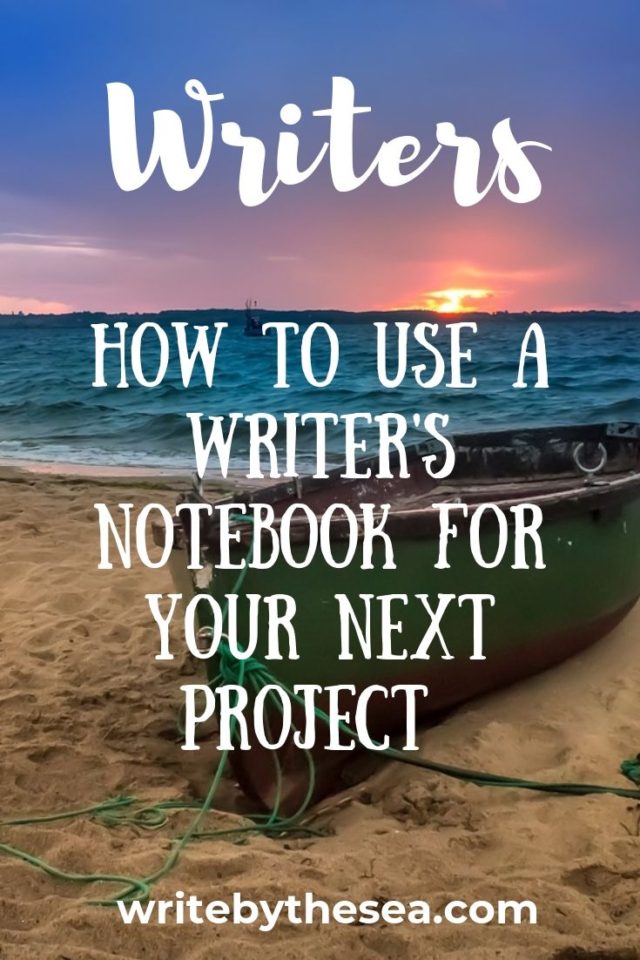
For larger projects (such as a novel or nonfiction book), I use a regular looseleaf notebook with inside pockets for this purpose.
I also prefer the notebooks that have a clear sleeve on the front, so I can print out an attractive cover for the project notebook.
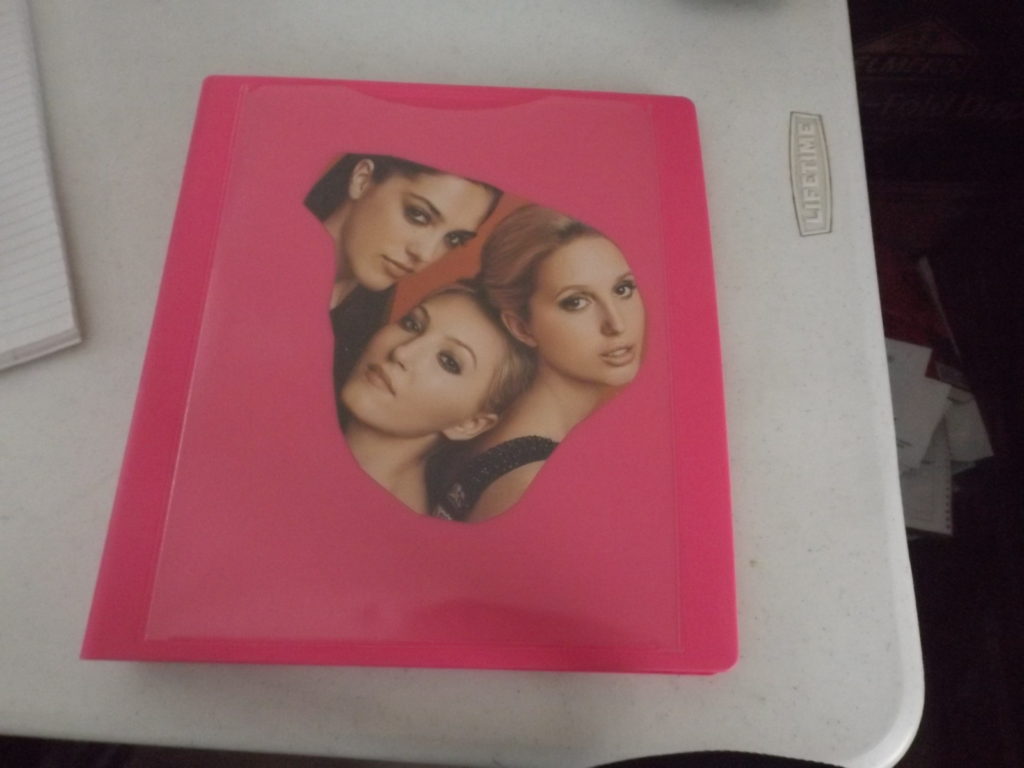
For smaller projects I use a plain manila folder, or inexpensive folders with prongs (for notebook paper) that have inside pockets.
All the materials that I’ll use for a particular project go into that project’s notebook or folder.
Since I tend to collect photographs, newspaper clippings, even pamphlets and brochures, I like to have this hardcopy notebook or folder and not simply a file folder for the project on my computer.
I keep all the clippings in a plain manila folder as I cut them out, then later I paste them throughout the notebook wherever I want them to be.
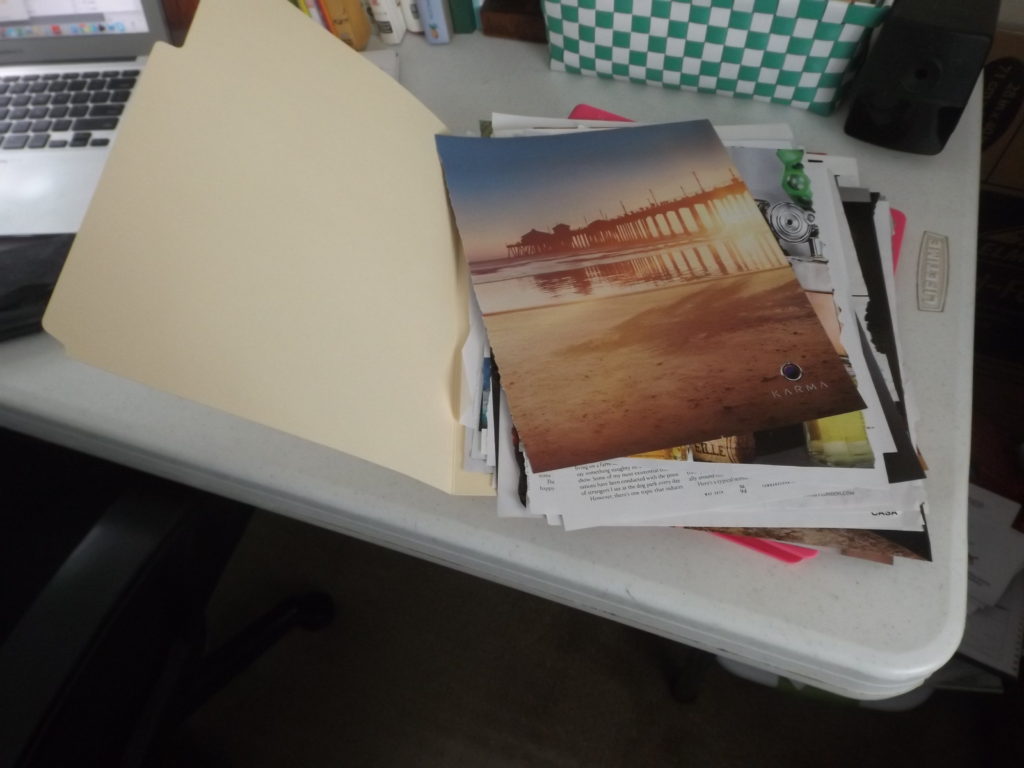
For Nonfiction Projects
With nonfiction projects, the project folders or notebooks are pretty simple.
They might contain some newspaper or magazine clippings that I’ll be using as reference materials, or some brochures, maps, letters (as when I was writing a book about the Space Shuttle Challenger explosion and Christa McAuliffe’s mother sent me a letter and some photos to use for the book; when I wrote a children’s travel guide called Kidding Around Kansas City, I collected brochures from all sorts of places around Kansas City).
I’ll also start the project by roughing out an outline of the book, article, etc. on some of the notebook paper, and I’ll make notes about things I need to research or primary sources I want to contact.
For Fiction Projects
If I’m working on a novel, I’ll use my project notebook to start fleshing out the characters and outlining the plot.
I buy a couple of sets of dividers for each project notebook, and divide a large package of notebook paper somewhat evenly between the dividers.
For example, I might have a divider for each character, another divider for the story outline, and another divider for general notes about the story/project itself.
I’ll use a separate piece of notebook paper for each major character.
I’ll put a different character’s name at the top of each page.
Then, on each page, under that character’s name I’ll make a list of his/her strengths and then another list of his/her weaknesses.
If the character is an adult, I might also write down what the character does for a living and what he/she likes most about his/her job.
I’ll keep writing down as many details as I can think of (so far) about that character.
As more details come to mind about the characters, I’ll take out the project notebook and write them down (see more about this, below).
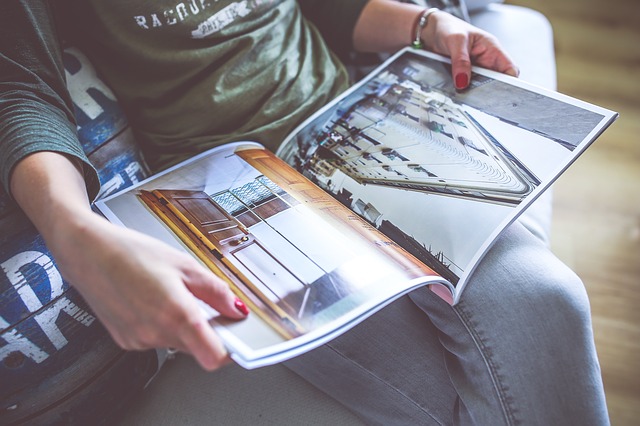
To help create the setting for my story, I like to leaf through magazines for pictures that look like the place where my story will happen, then I cut out those photos and put them in the project notebook.
I might also use photos from magazines and other sources to help me with a particular scene.

For example, if I need to create a scene from a wedding reception on the beach, I might look for some pictures to help me describe more clearly the table settings, decorations, etc.
Having the picture available in my project notebook so I can look back at it from time to time also helps me be sure I’m not changing details about a specific setting or detail from one chapter to another—in other words, I’m consistent with the details.

Right now I’m working on a series of stories whose main characters live at the beach, so I’ve been clipping out magazine pictures of beach houses where these characters might live.
It’s also fun to go online and search the real estate listings for houses that I imagine my characters living in, then printing out pictures of those houses for my project notebook.
I might also look online for pictures of people who look like the characters I’m creating.
I like having the visual representations in front of me as I write because it helps me give clearer, more precise, details about that character, setting, etc. when I include this information in the story I’m writing.
Plus, when I’m leafing through magazines I get all sorts of ideas for my characters.

For example, the other day as I was looking through some back issues of Town and Country magazine (one of my favorites for large, glossy pictures), I decided on a particular item of clothing that one of my characters will wear most of the time.
I found an item of jewelry that will be part of another character’s “style signature.”
I find that leafing through magazines in this way helps me be more creative with my characters.
The photos often give me ideas I would probably never have come up on my own (or at least not so quickly).

I might even decide that one of my characters needs a pet, then I’ll look through magazines, or at photo sites online, till I find the perfect pet for my character. And, if I use the photo of the dog (above), for example, it will be so much easier to write about this pooch when I can look at his cute face as I’m working on a scene of the story that he’s in.
If you’ve never used a project notebook for a writing project, you might think that taking the time to make one would actually keep you from writing because you’d spend all your time creating the notebook.
But I think you’ll find out that it helps the writing go so much easier and faster once you do start writing if you’ve taken the time to really get to know your characters, your setting, and even your storyline FIRST.
And a project notebook, a.k.a. a writer’s notebook, is a great way to do that.
Plus, it’s fun!
Try it!
Suzanne Lieurance
writebythesea.com
And don’t forget to join our mailing list!
Just fill in your name and email address, below:


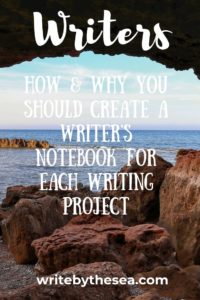



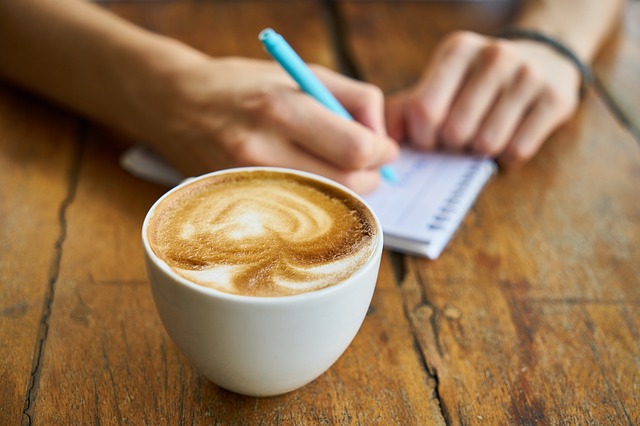
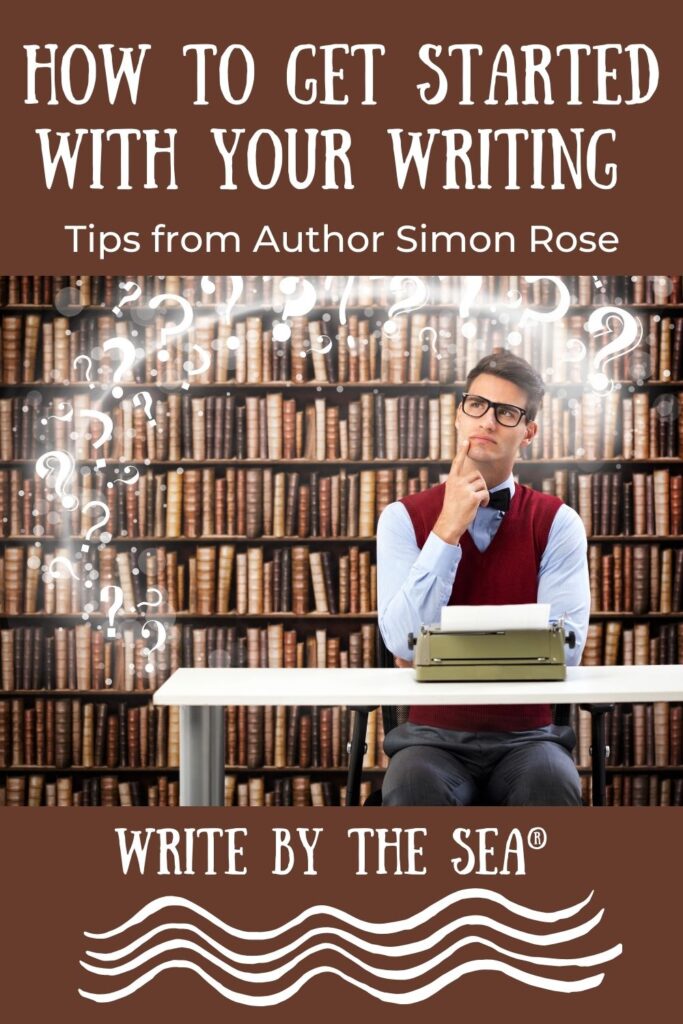
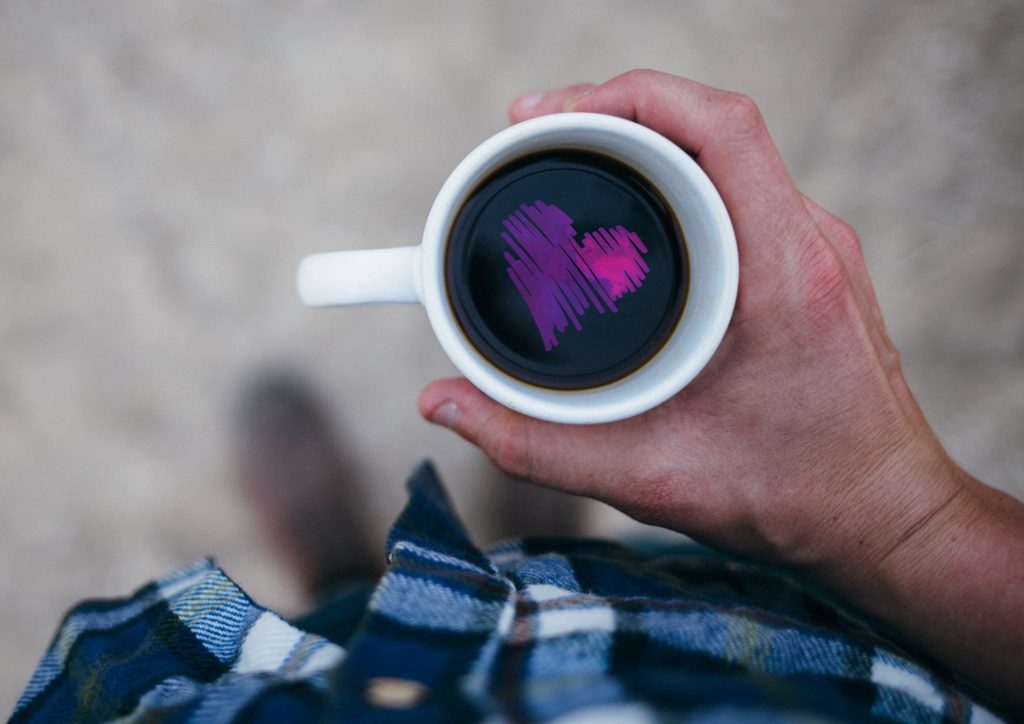
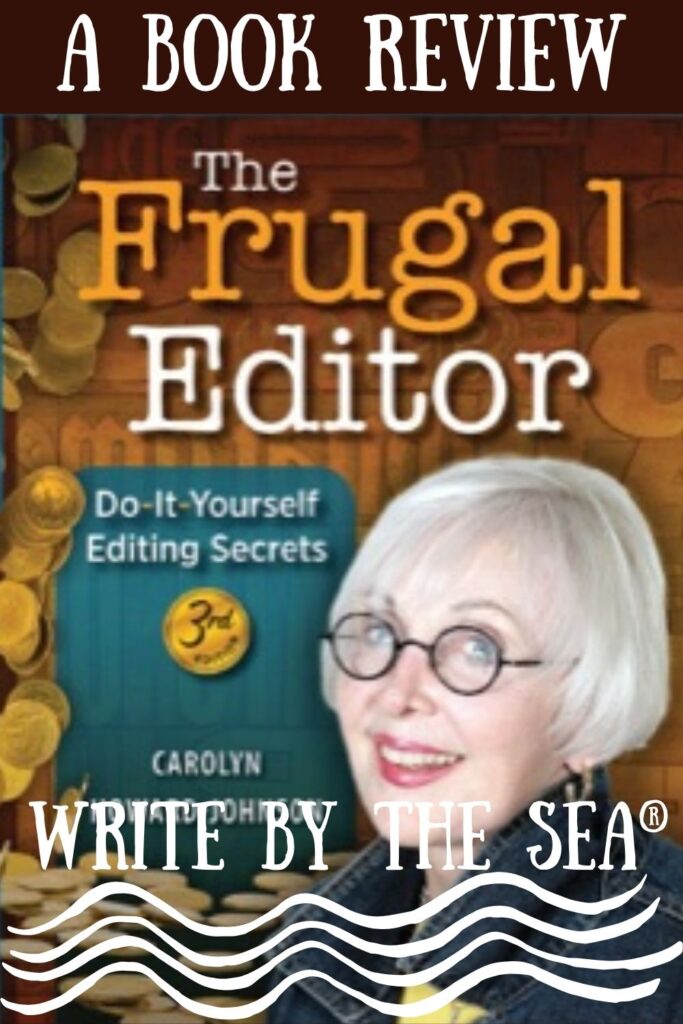
The dog is a Bernese Mountain dog originating in Switzerland. It’s a large dog, and used to be used for carrying milk from the dairy. Very gentle natured.
Hi, Wendy,
Yeah, I read up on the breed. I just love the look on his face in this photo. He’s so cute! I want to put him in a story.
Suzanne